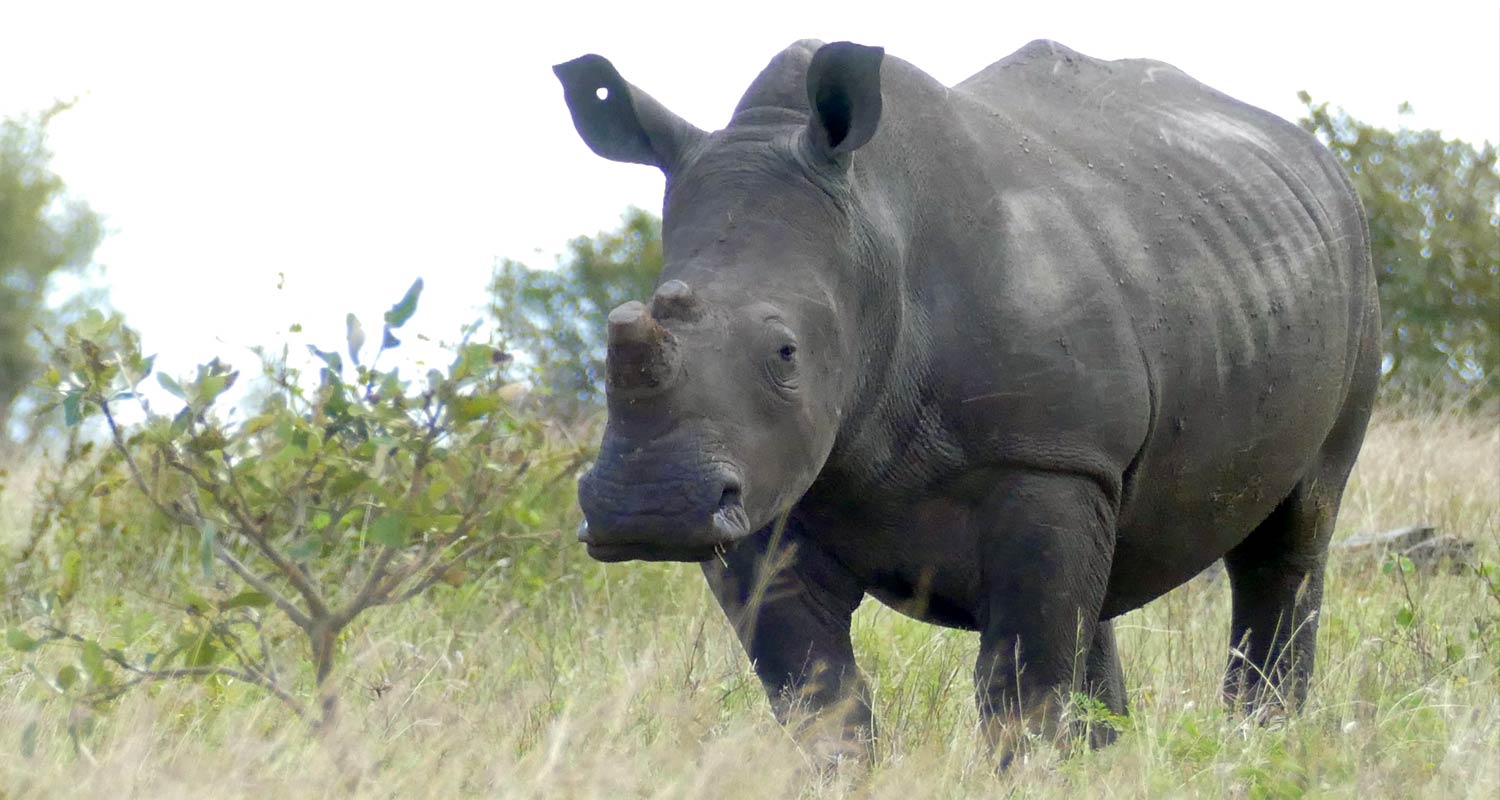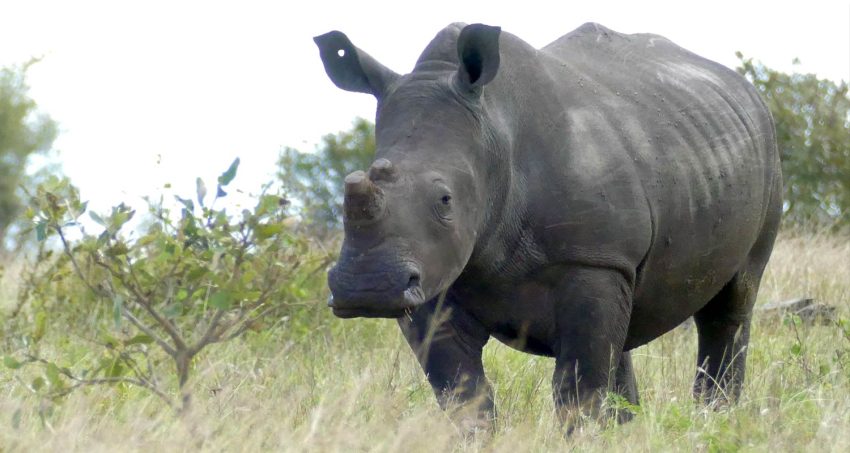
South Africa has launched a plan to rebuild the Kruger National Park’s white rhino population — from around 2 000 to 12 000 within the next decade — using technology.
The project aims to monitor rhino herds daily using drones, GPS collars and digital reporting systems to provide real-time data to enforcement teams.
“Starting this year, 90 rhino monitors will be trained and deployed annually across the Kruger National Park. They are not just protecting rhino, they are protecting livelihoods, family legacies and the possibility of green jobs for a generation to come,” said forestry, fisheries & environment minister Dion George on Tuesday.
The minister made the remarks at the official launch of the Rhino Renaissance Campaign in the Kruger Park, which is grounded on:
- 24/7 rhino tracking;
- Biological management such as targeted dehorning;
- DNA tagging and genetic research;
- Enforcement cooperation across provincial, national and regional levels; and
- Resource mobilisation to sustain operations over the long term.
With South Africa currently hosting the G20 presidency, the campaign has been adopted as a G20 Legacy Project to rally global support, both diplomatic and financial, to scale this work.
“This work does not stand alone. We are fighting wildlife crime on every front. Our national integrated strategy to combat wildlife trafficking is anchored in the medium-term development plan, the country’s road map for the next five years.
“This strategy brings together key government departments – including my department, police, justice, border management, intelligence, SANParks and the provincial conservation entities – in a united, multidisciplinary response. It also builds strong partnerships with the private sector, civil society and communities on the ground,” George said.
“The Rhino Renaissance Campaign is a vital part of this effort. It supports our vision of a fair industry for lions, leopards, elephants and rhinos — a future where these species are not only protected but thrive alongside the people who live among them.
“No country or sector can tackle this threat alone. South Africa is building strong enforcement networks across borders and finalising agreements with rhino horn destination countries,” the minister said.
Beyond law enforcement
Government is engaging partners such as Interpol, the Convention on International Trade in Endangered Species of Wild Fauna and Flora (Cites), the International Narcotics Control Board and Sadc neighbours to strengthen intelligence-sharing and cross-border cooperation.
South Africa’s response goes beyond law enforcement. It includes financial intelligence, anti-corruption efforts and international diplomacy – because wildlife crime is deeply embedded in global criminal networks.
Read: 2024 Comedy Wildlife Photography Awards – in pictures
As of the end of June, 195 rhinos had been poached across South Africa so far this year – a reduction of 35 compared to the same period in 2024.
“While any loss is too much, this decrease signals that our intensified enforcement efforts are starting to have an effect. June recorded the lowest monthly poaching figures so far this year, with 22 rhinos killed nationwide. Here in the Kruger, which is still a primary target for poachers, we lost 11 rhinos in both May and June, down from 17 in January and 30 in February.”

Through rhino dehorning, South Africa removes the reasons rhinos are being killed in the first place. “Dehorning does not harm the animal. It saves its life. It buys us time to restore numbers, upgrade security and disrupt demand,” he explained.
The country is already seeing green shoots which include the relocation of 2 000 rhinos from African Parks to safe havens across the country; Munyawana Conservancy and others are growing populations through rewilding; cross-border work is underway in Mozambique, Zimbabwe and across the Greater Limpopo Transfrontier Conservation Area.
Read: SA wants to preserve its wild animals – by eating them
Safe havens have been identified in Rwanda, Uganda, Kenya, Tanzania, and Botswana and collaboration between government and private wildlife owners in the Integrated Wildlife Zones has been enhanced.
Get breaking news from TechCentral on WhatsApp. Sign up here.

